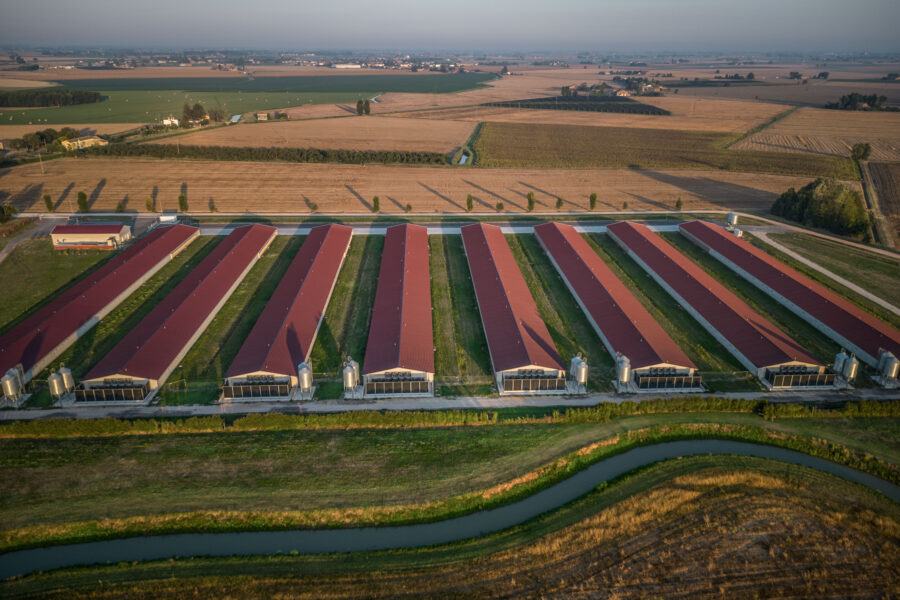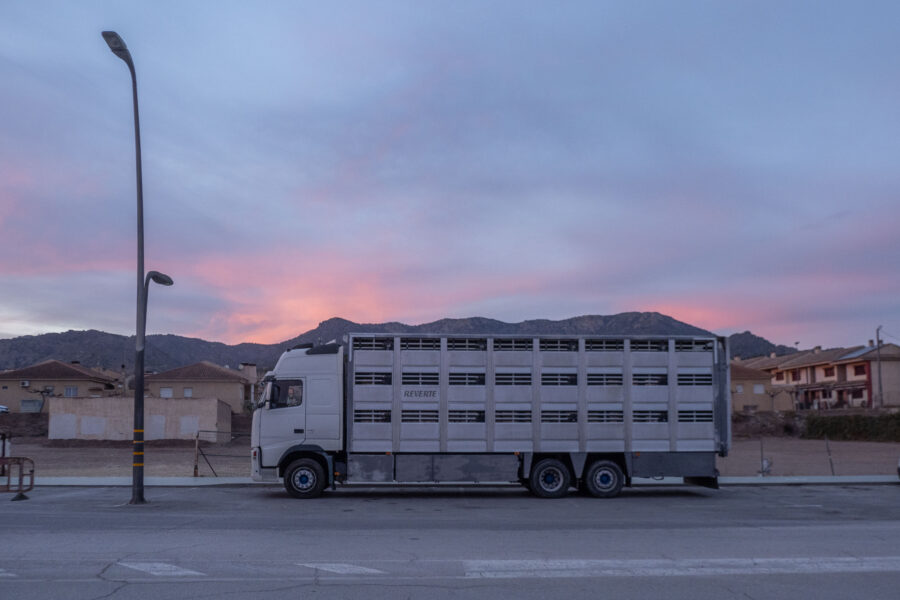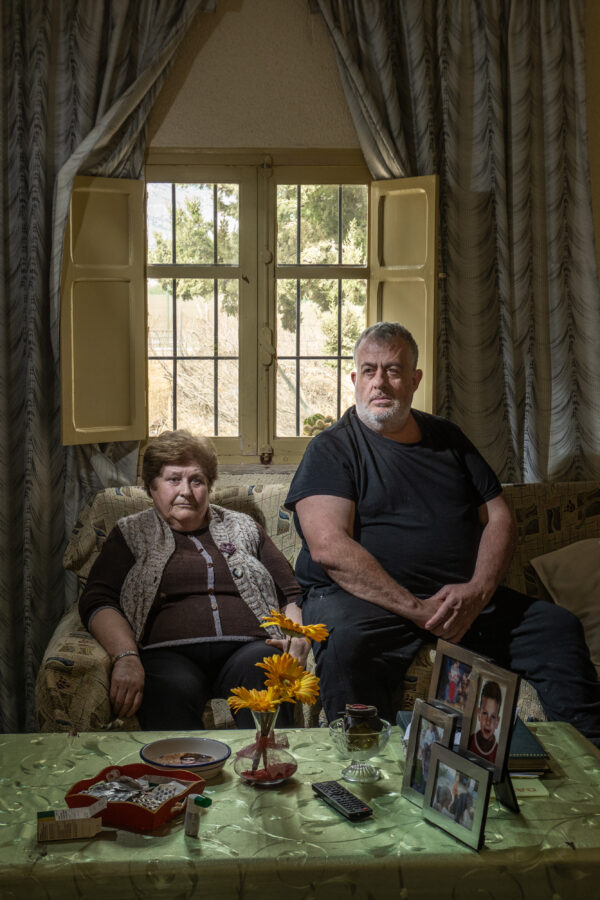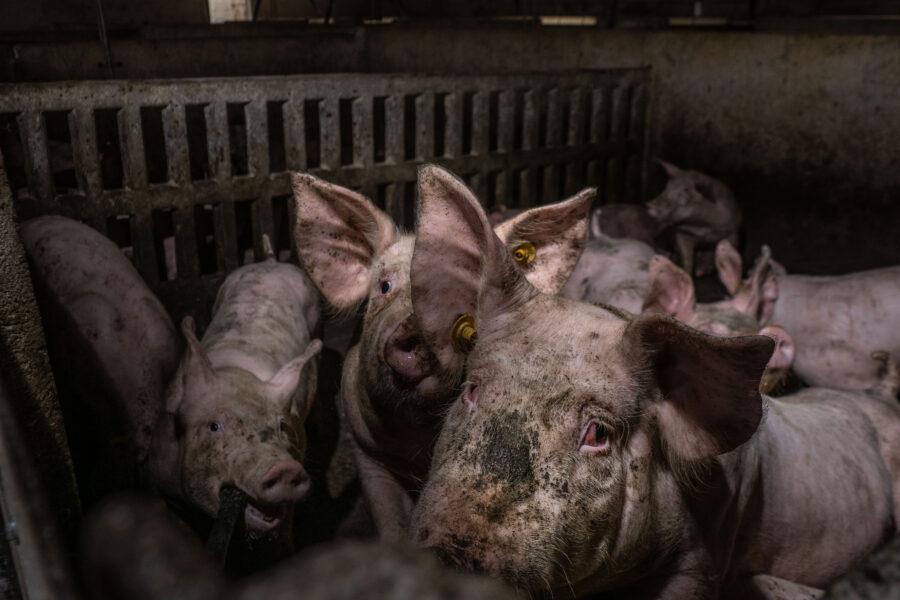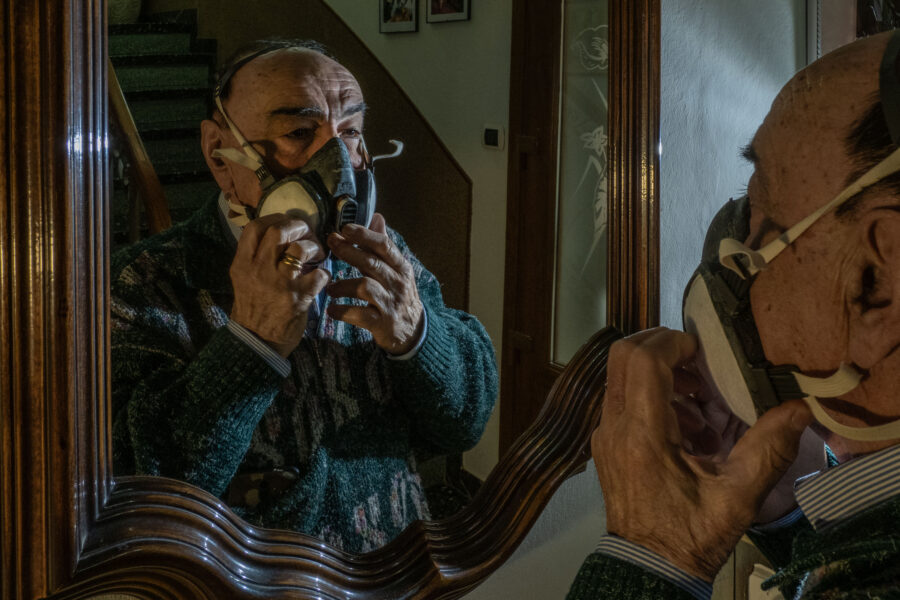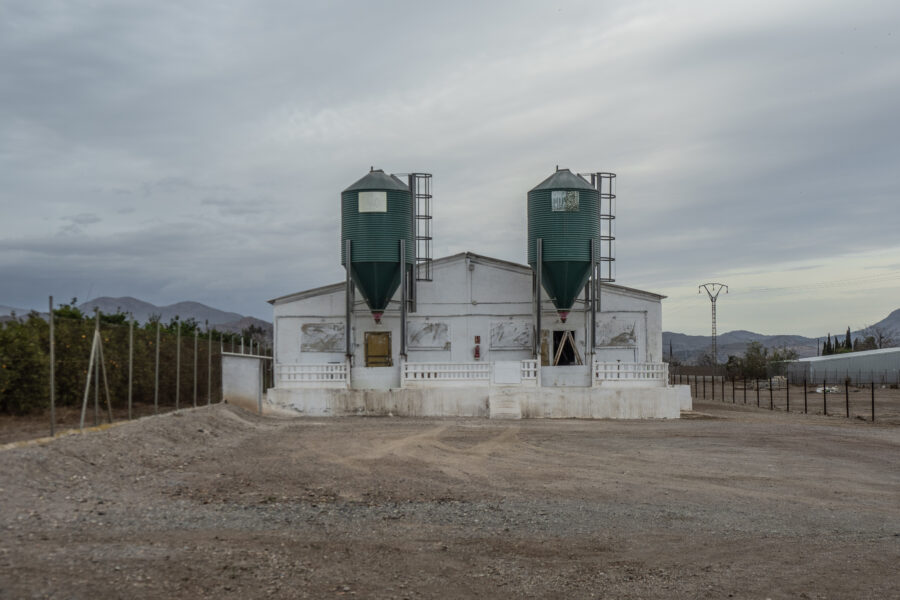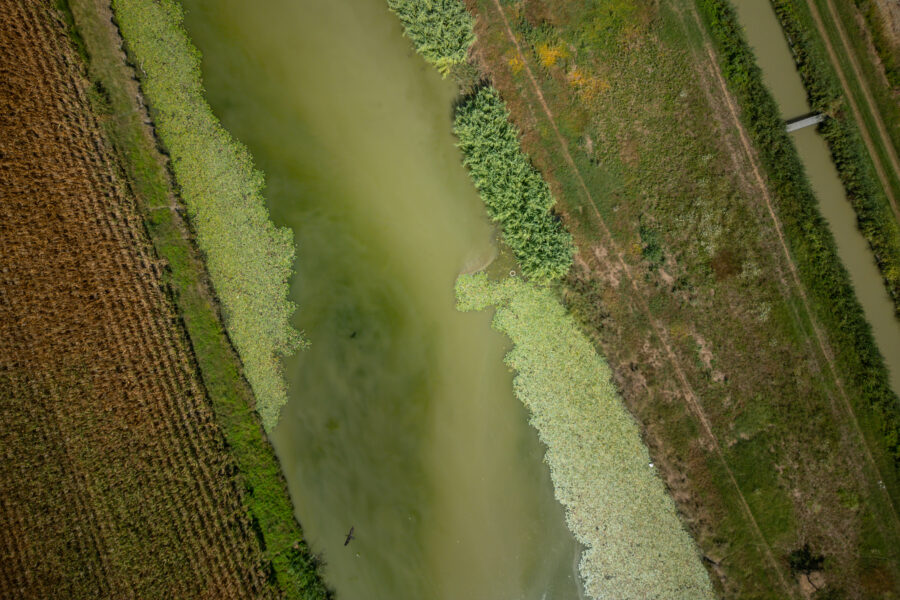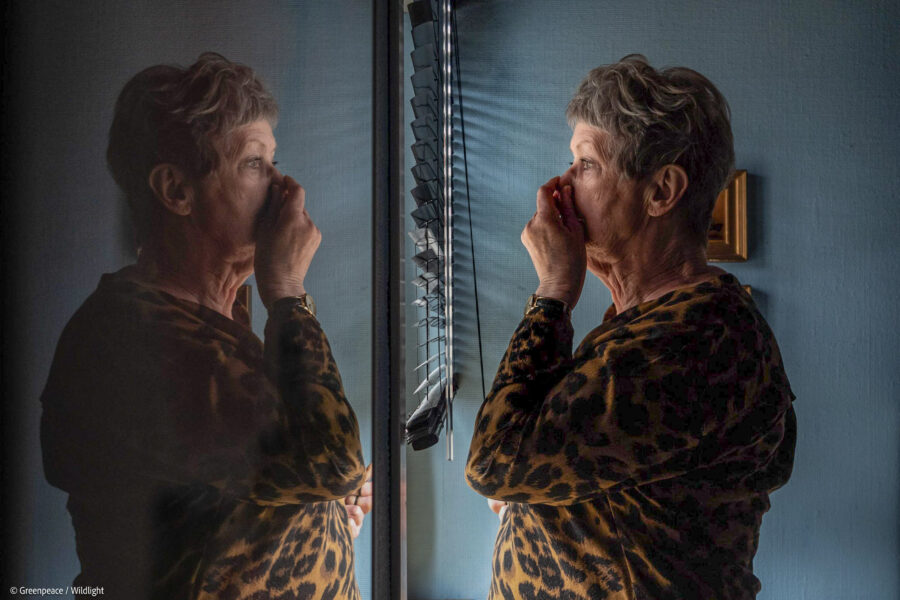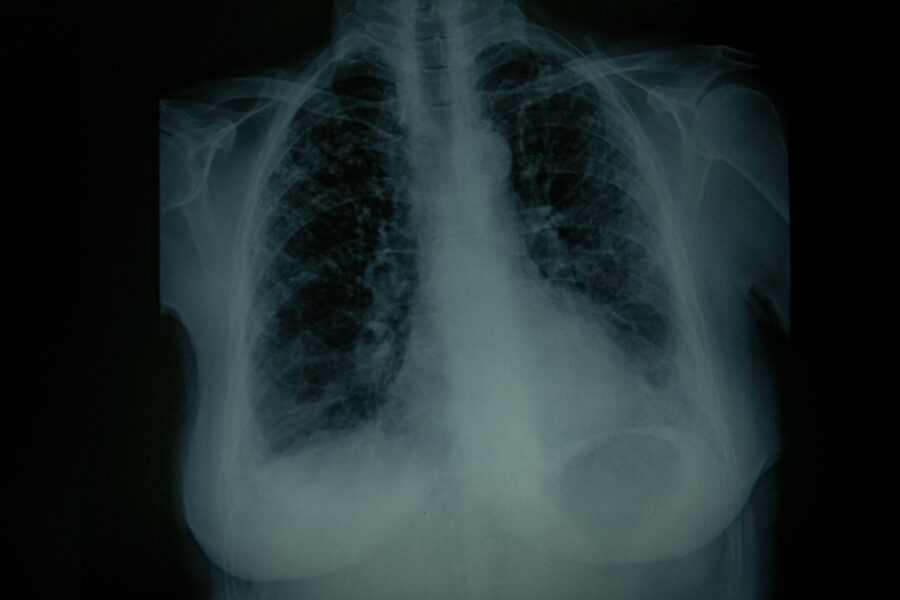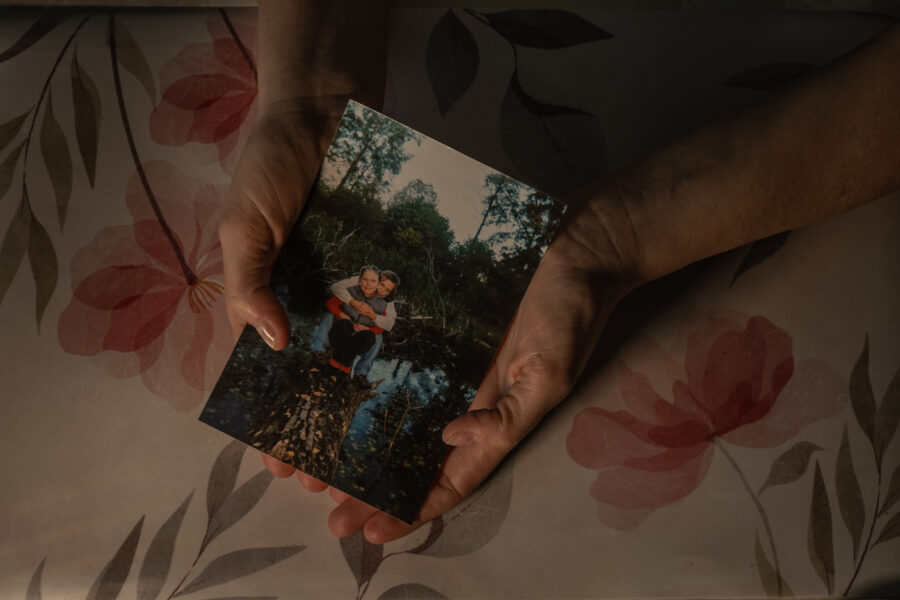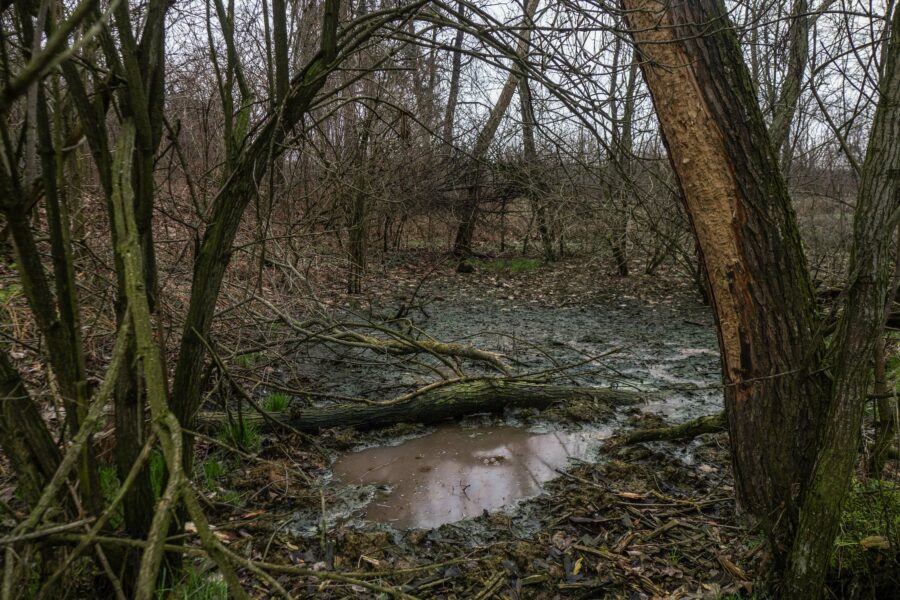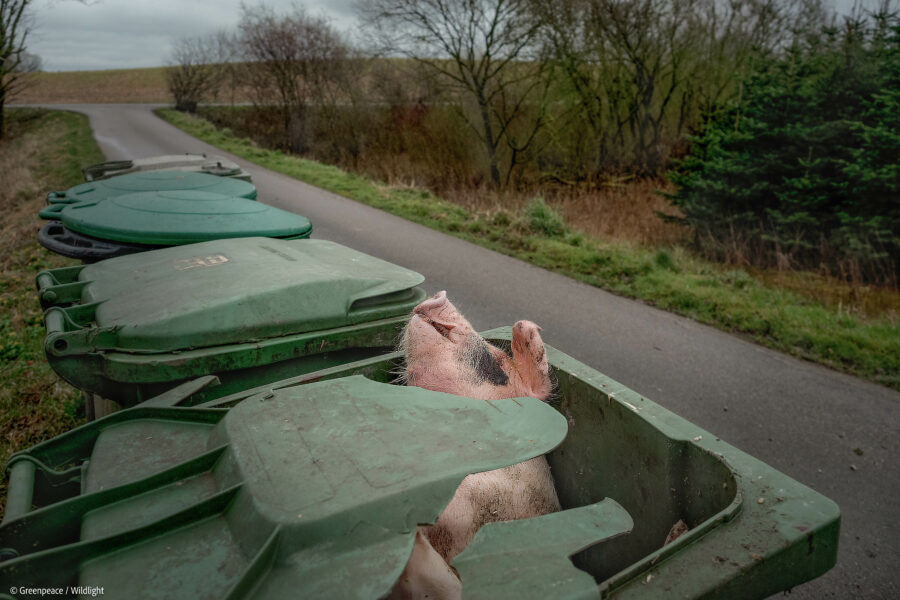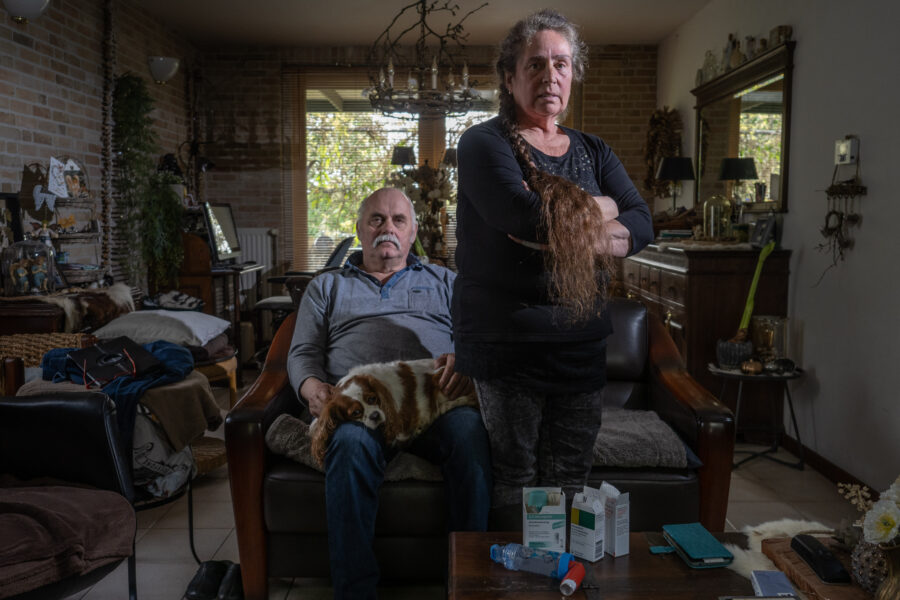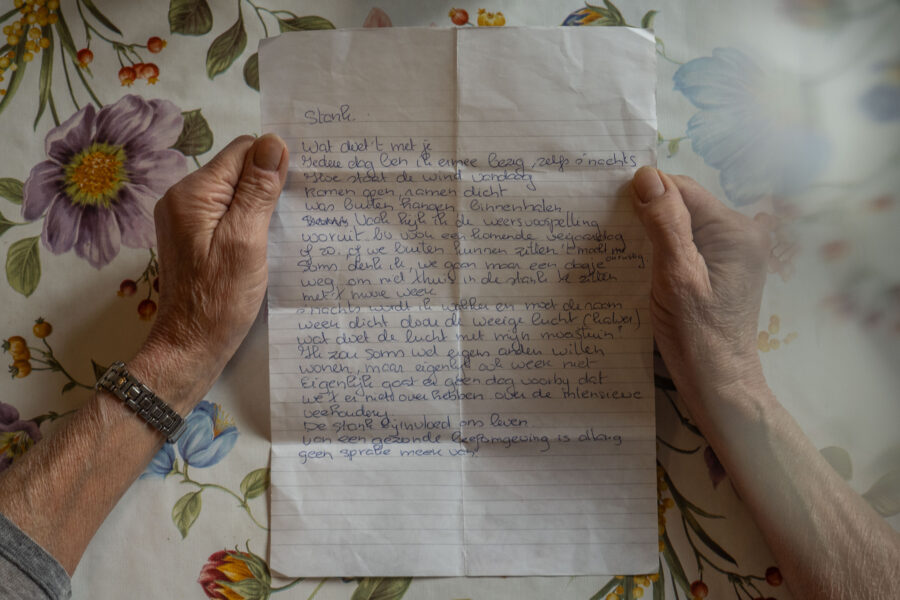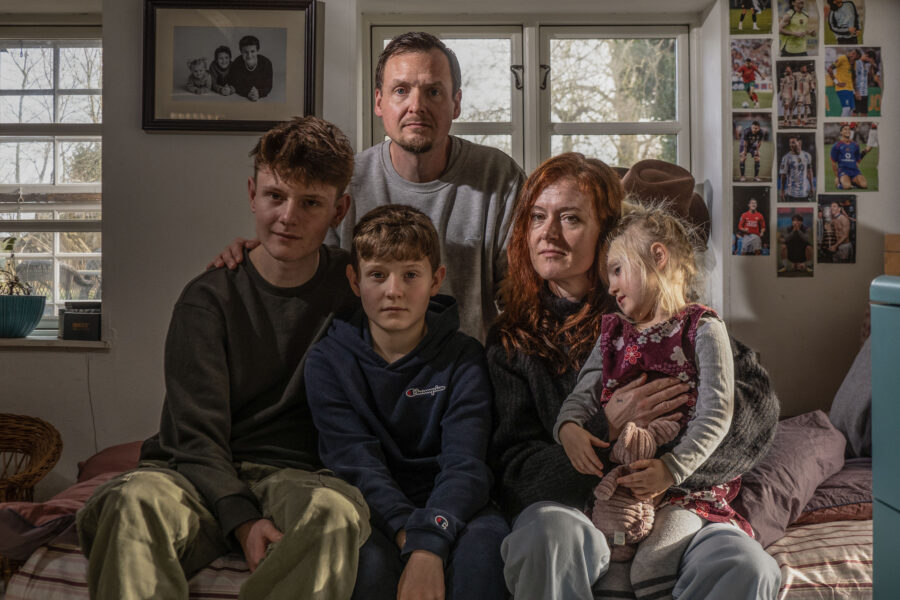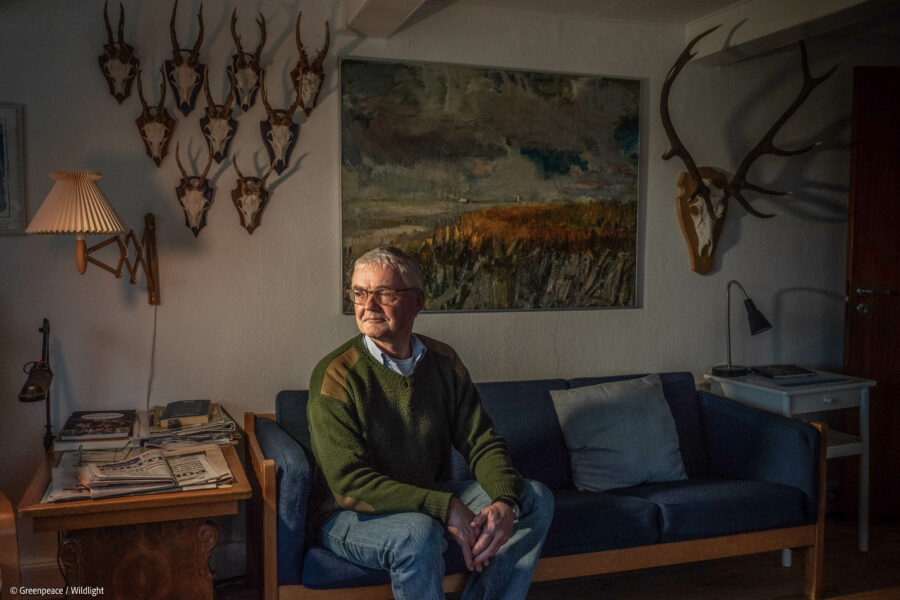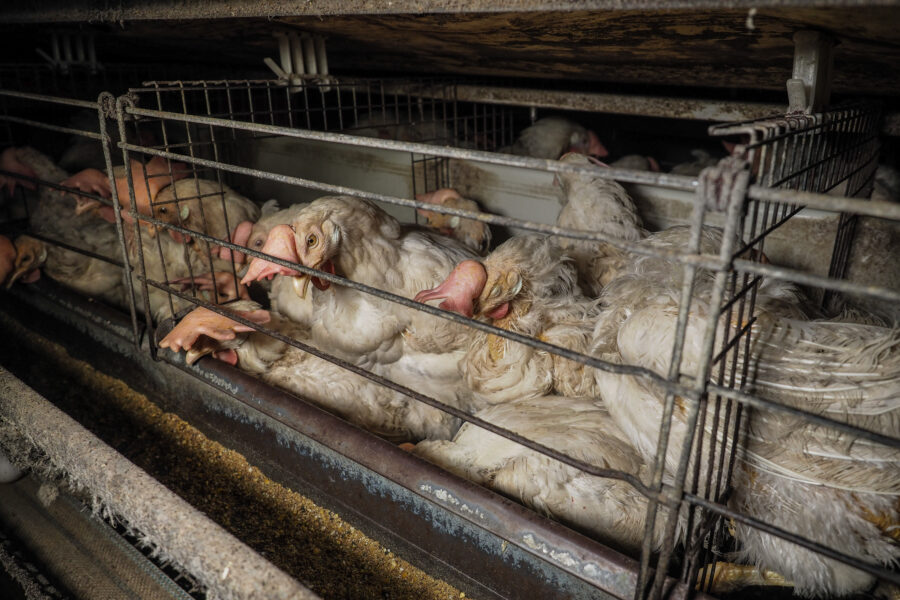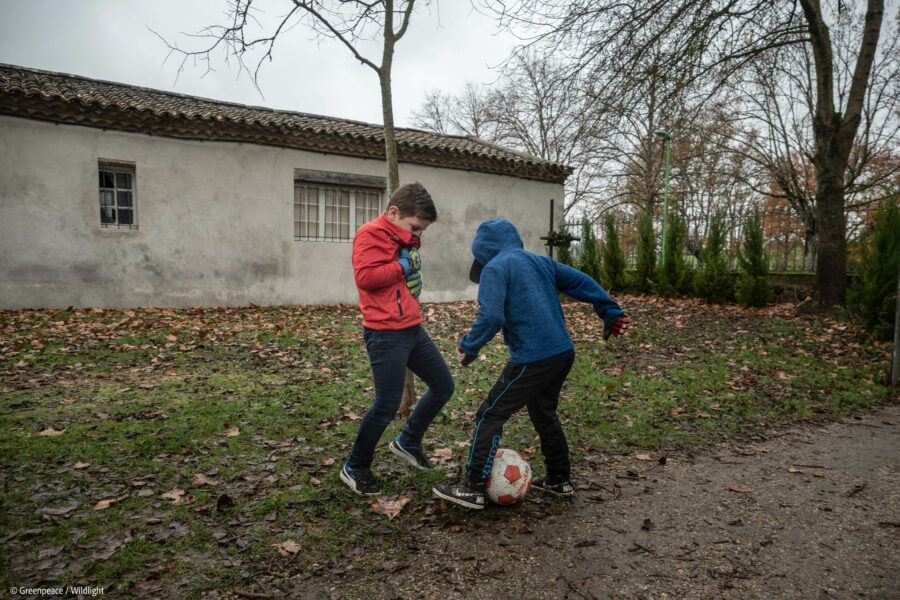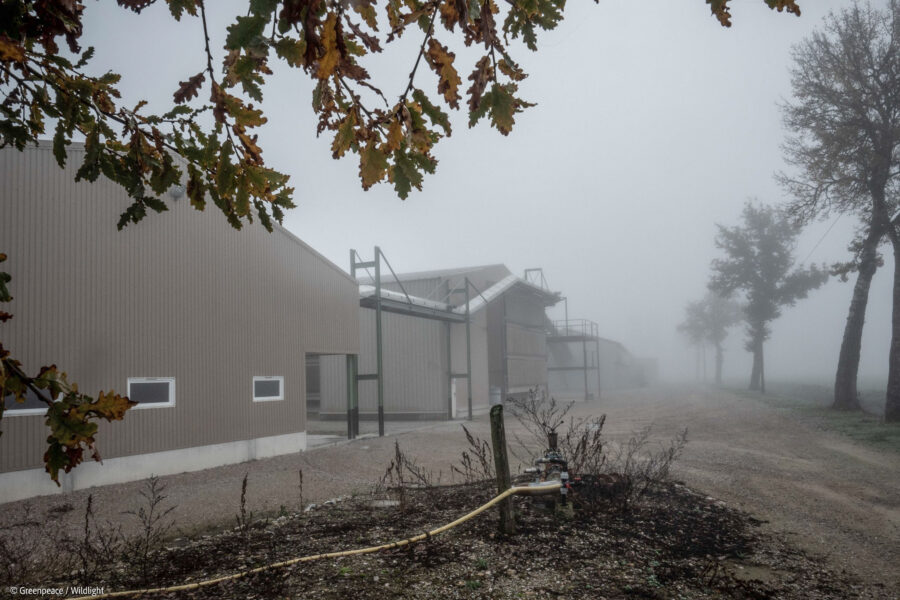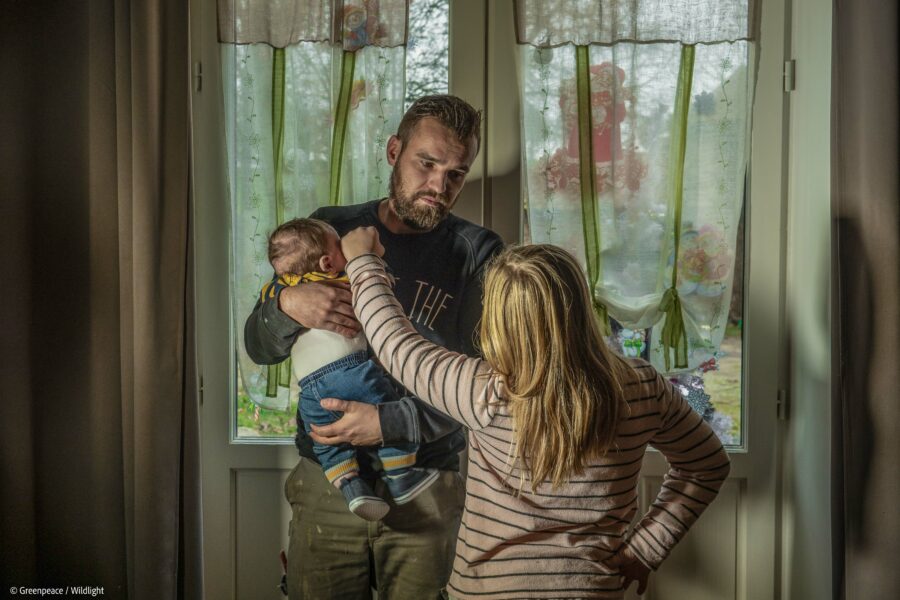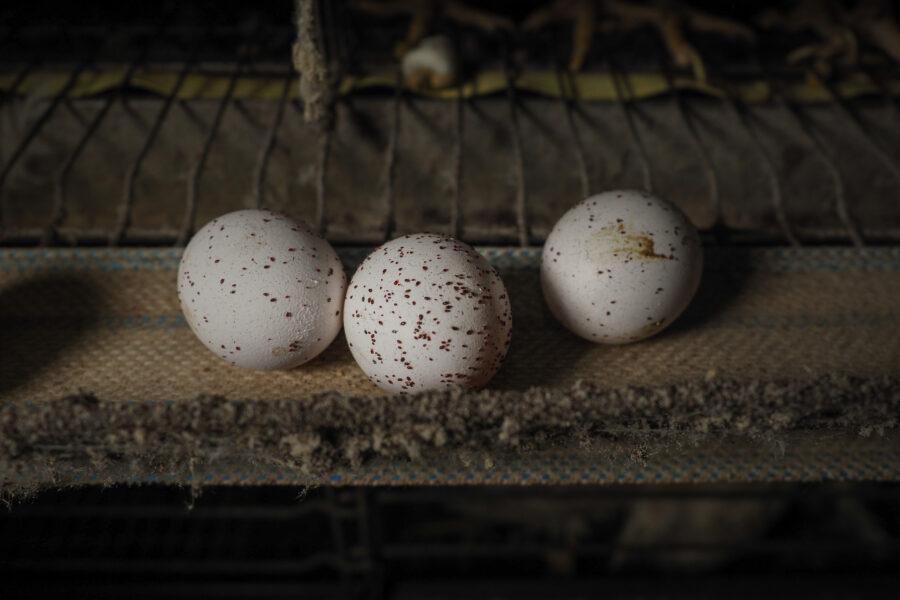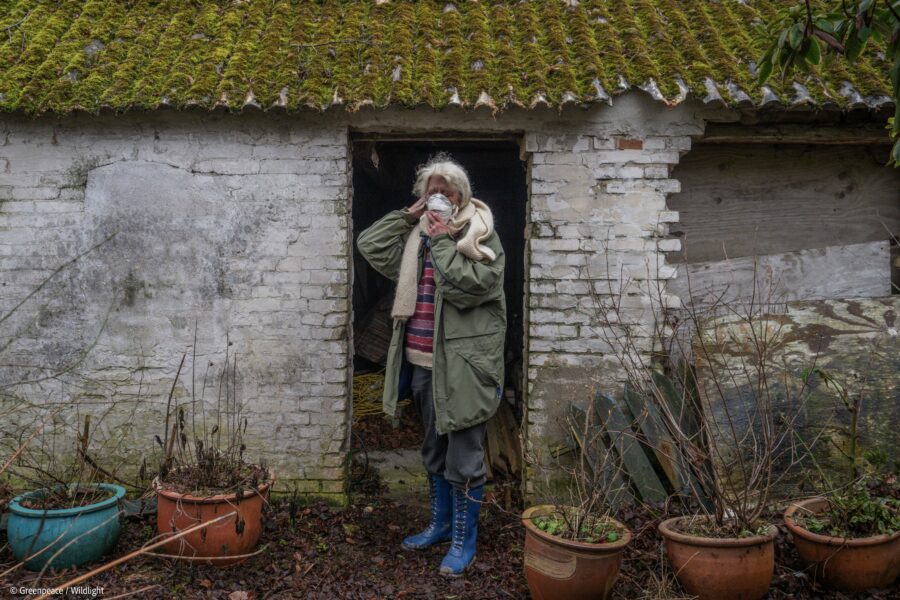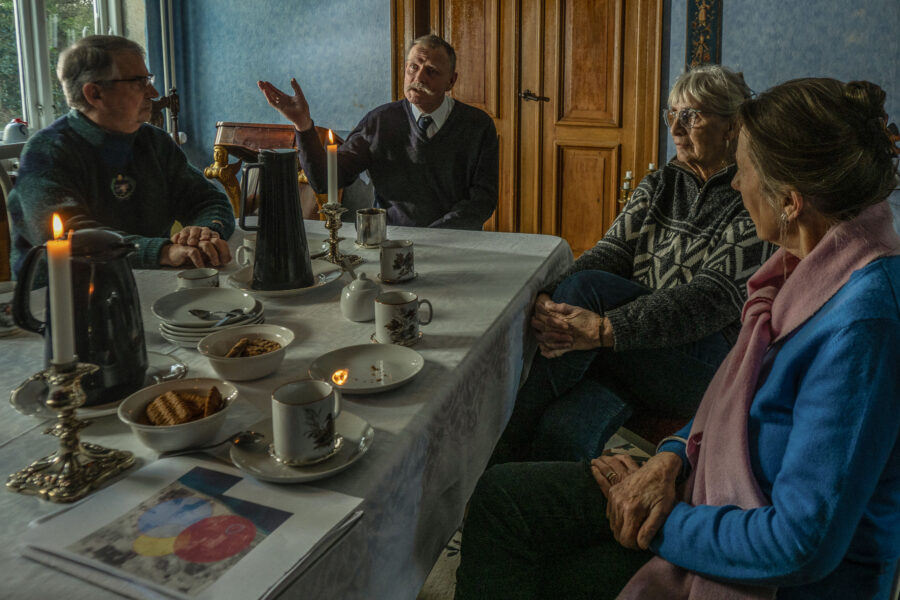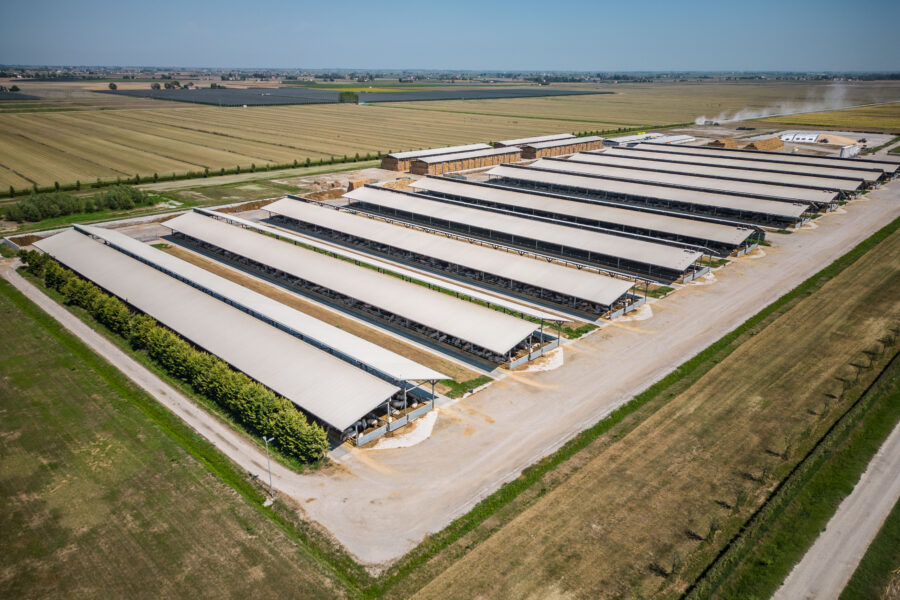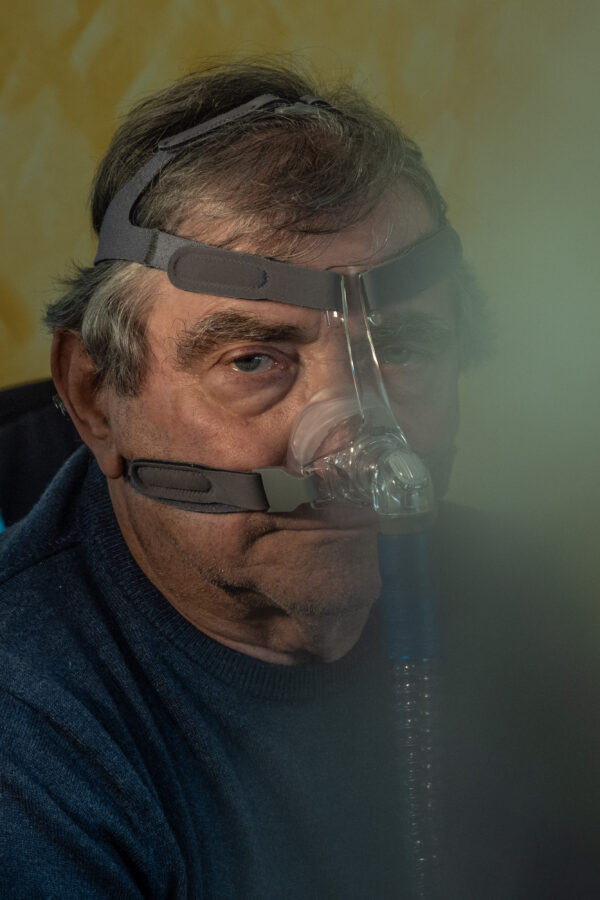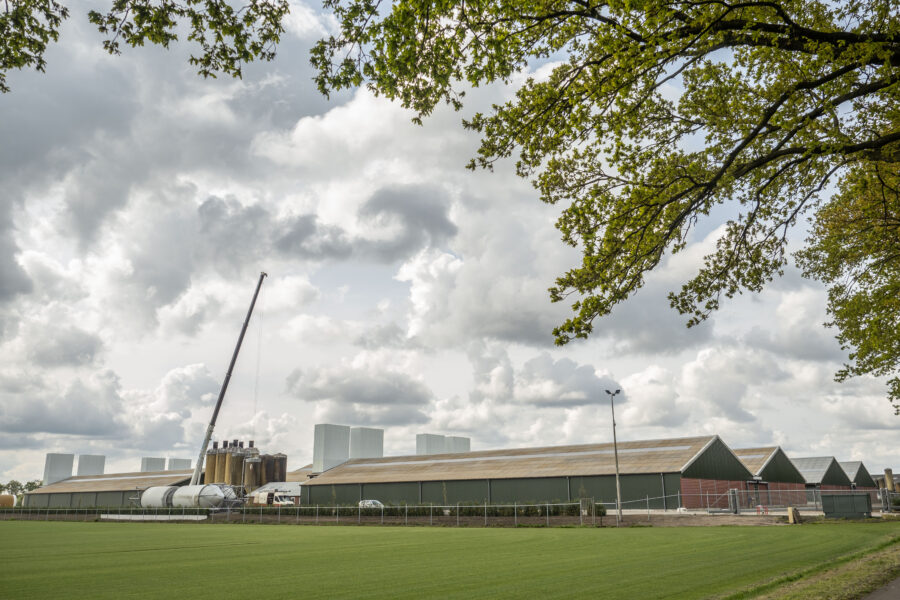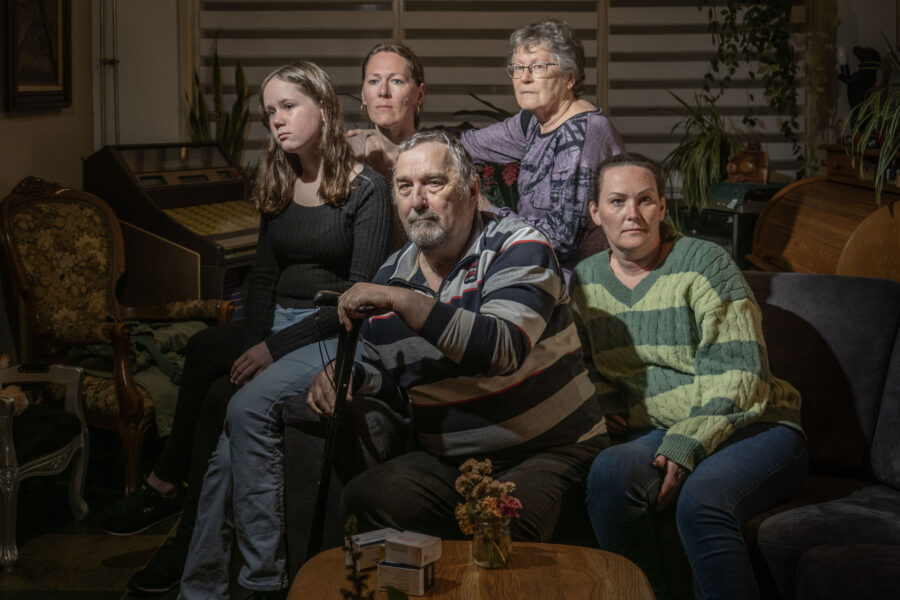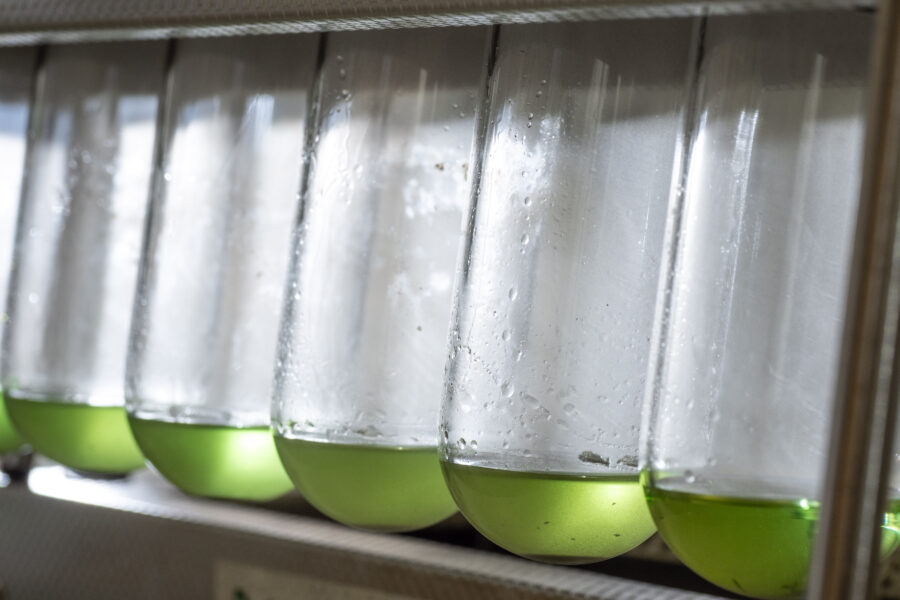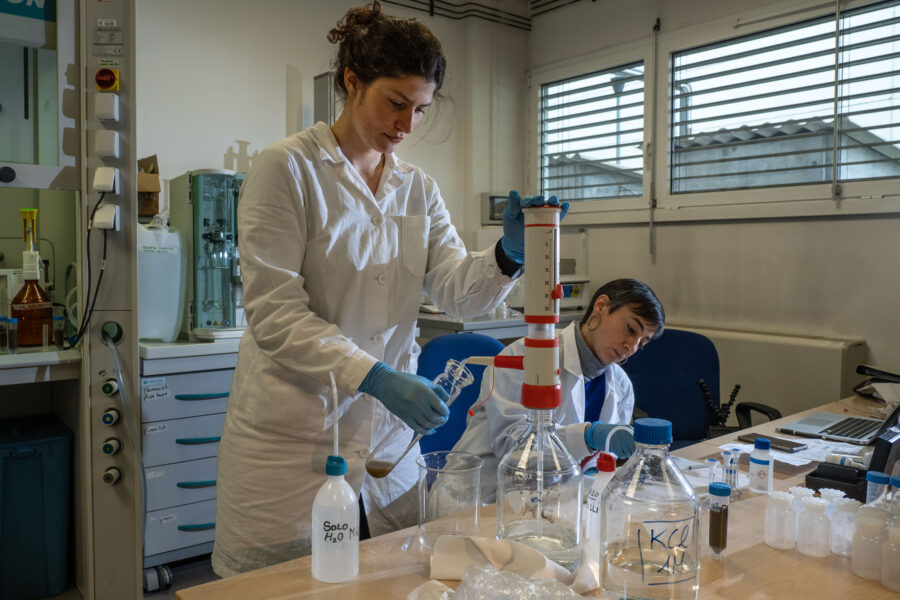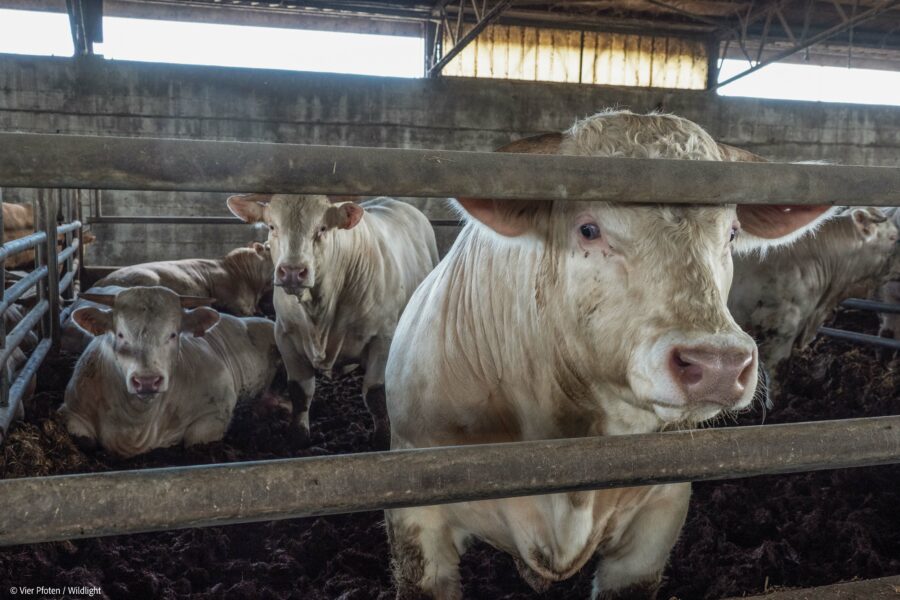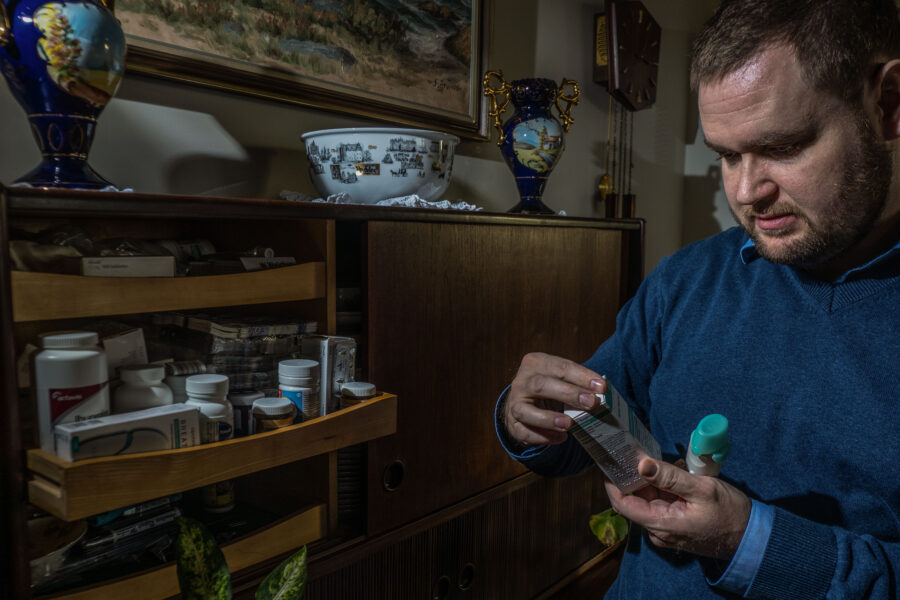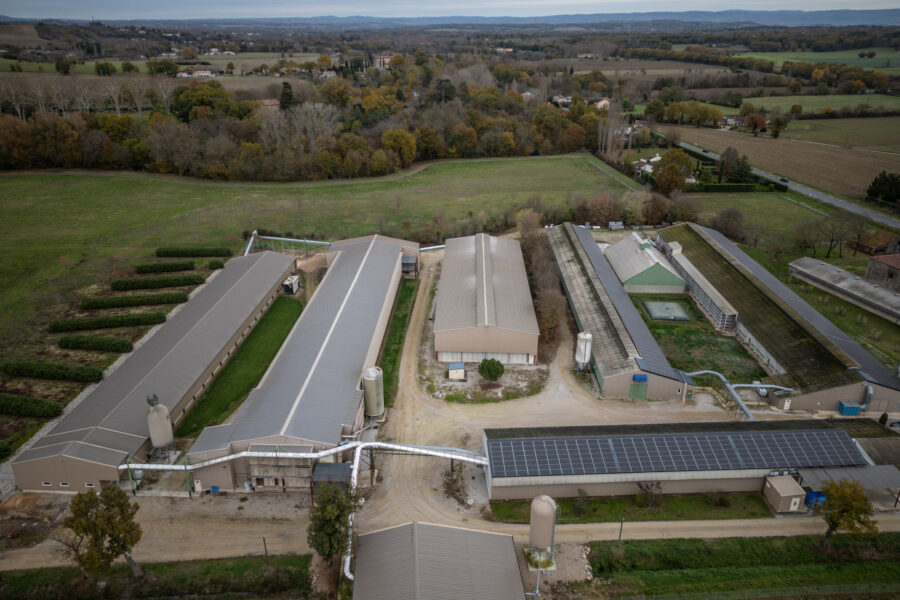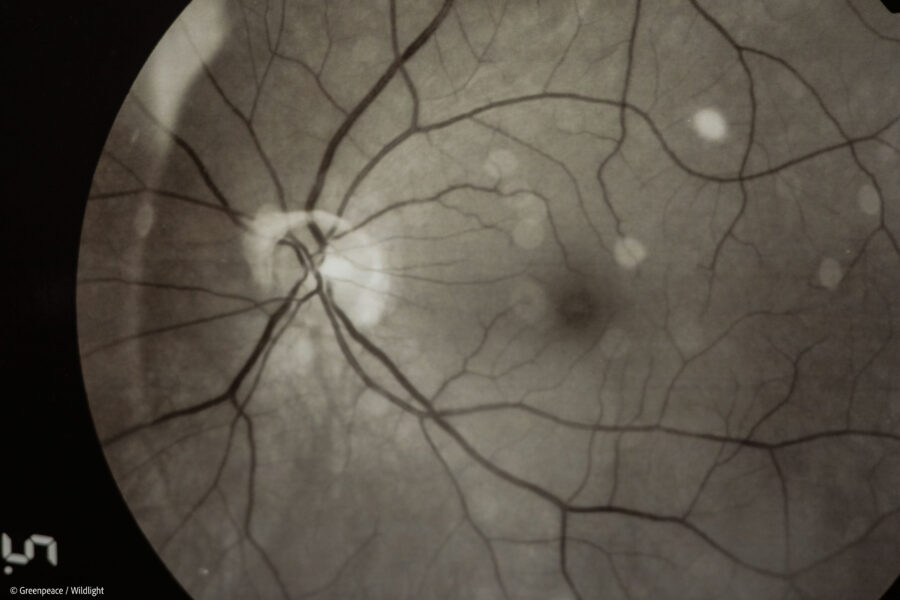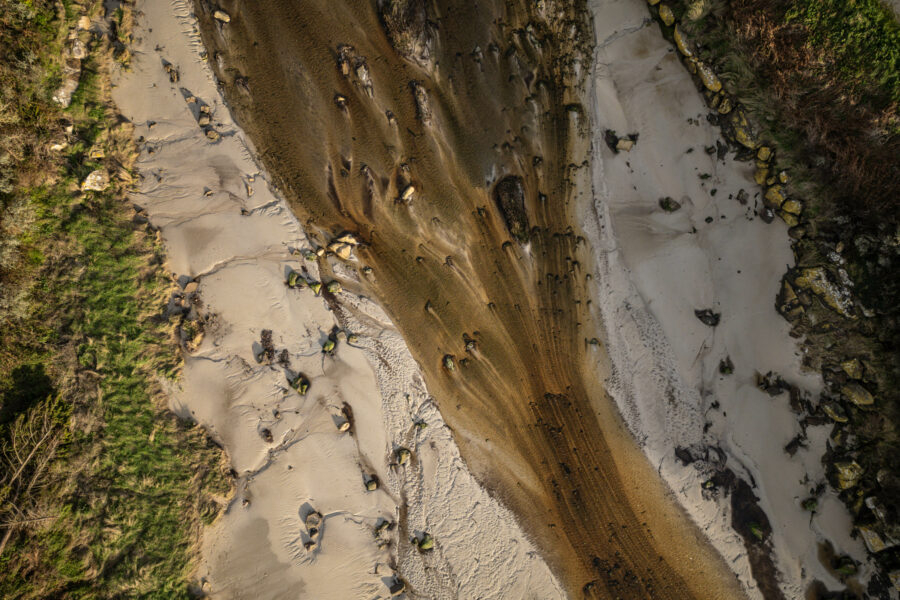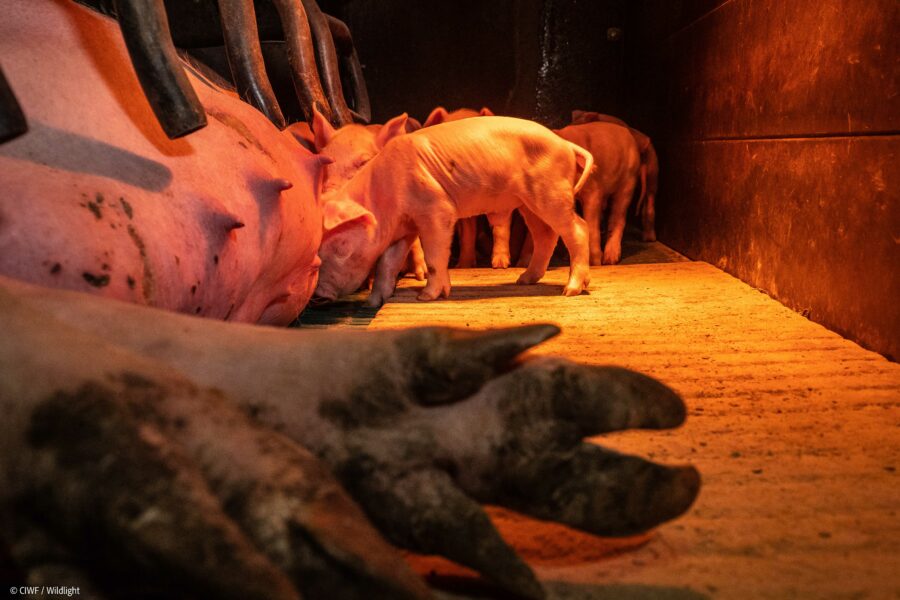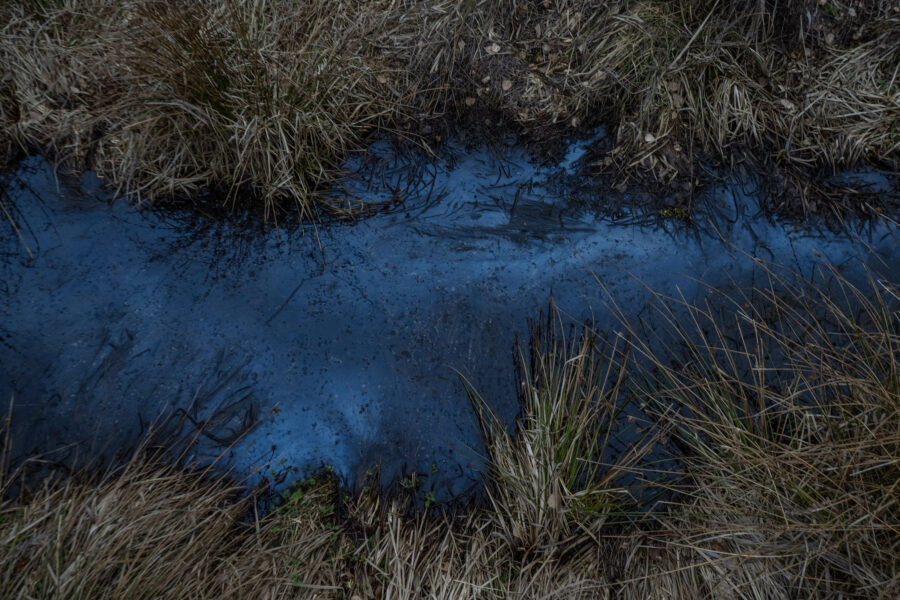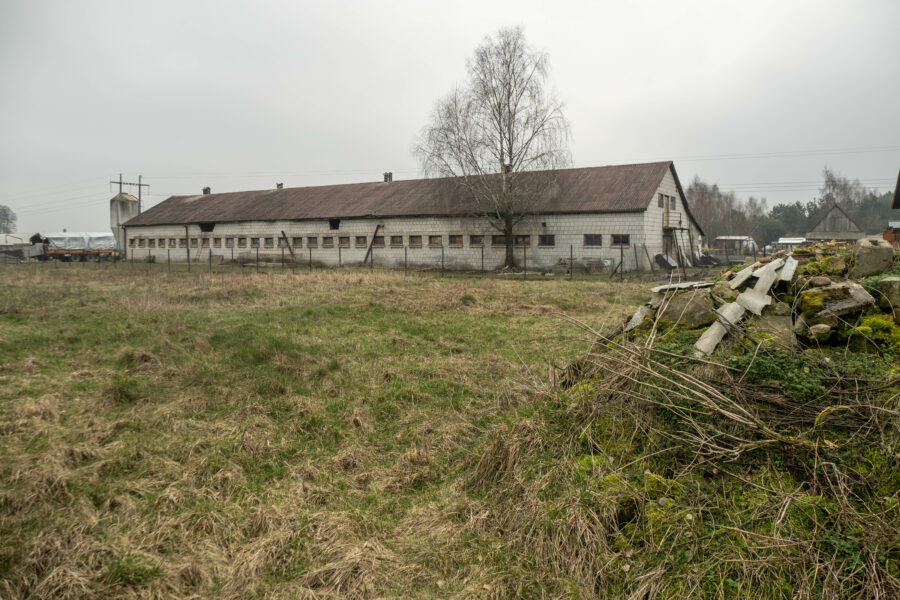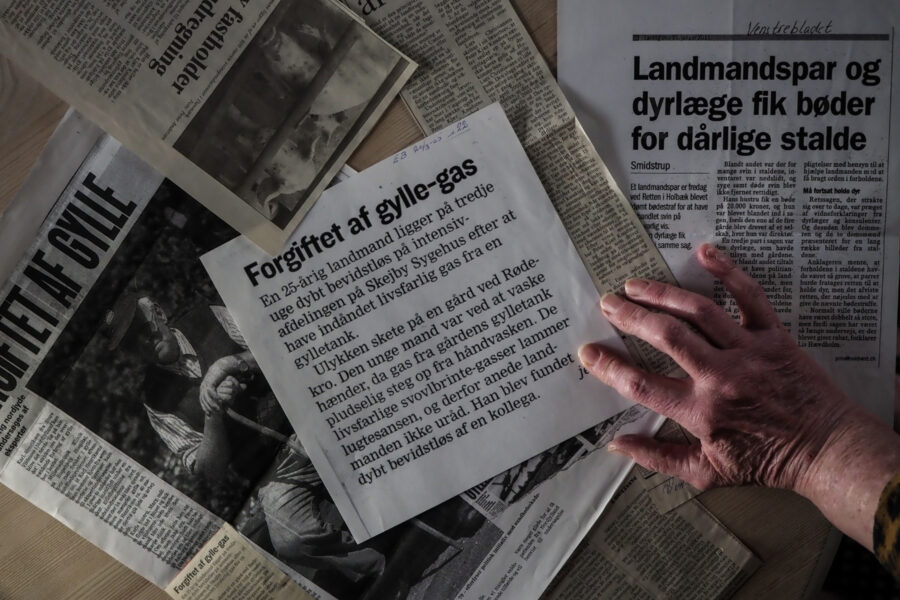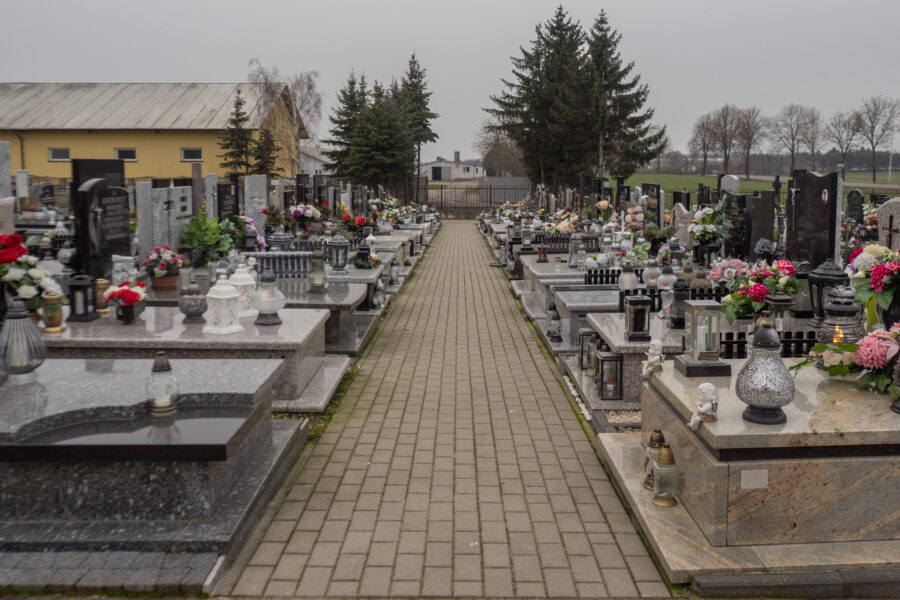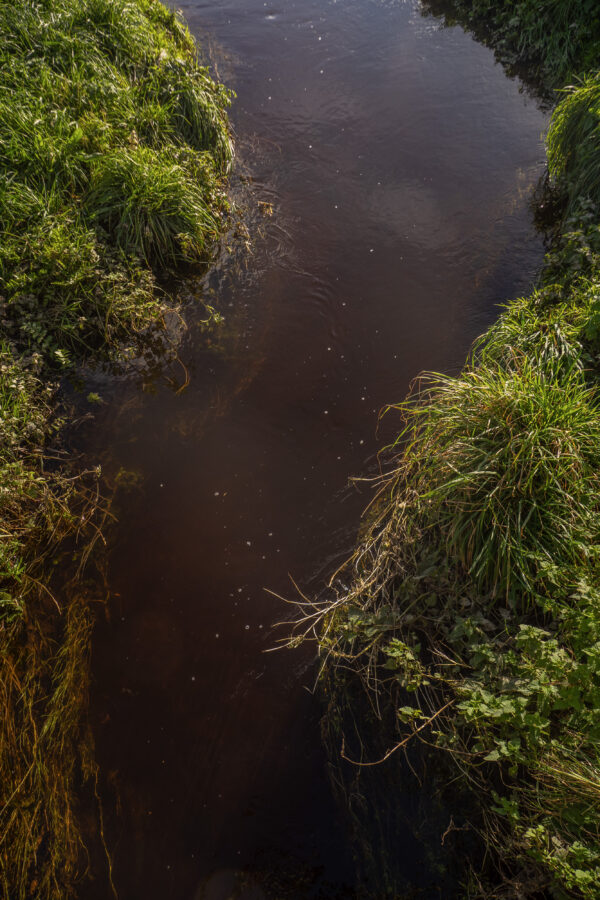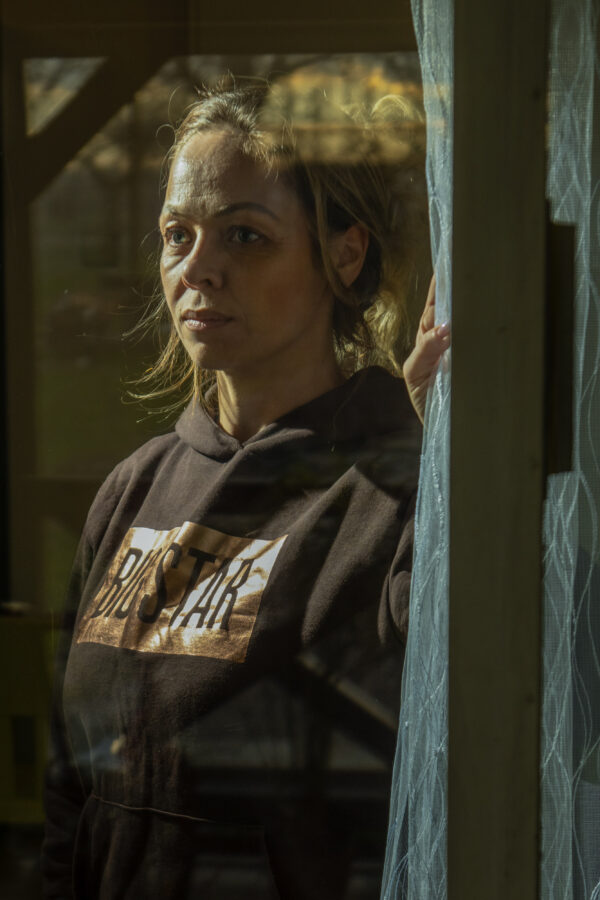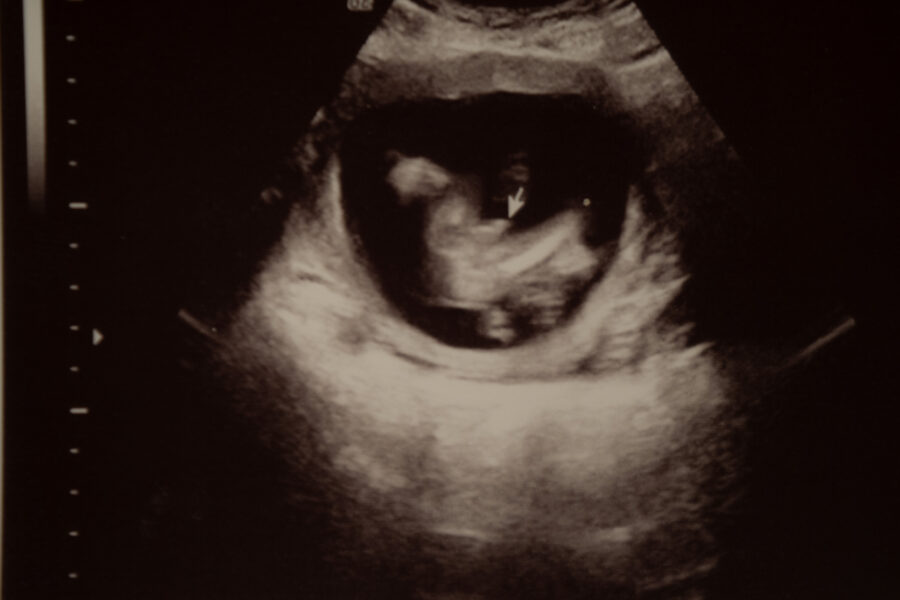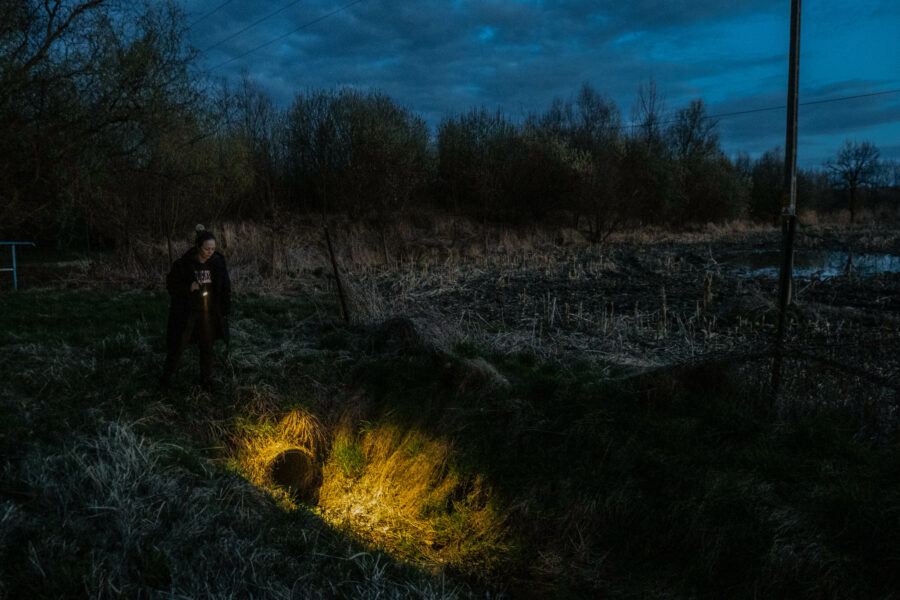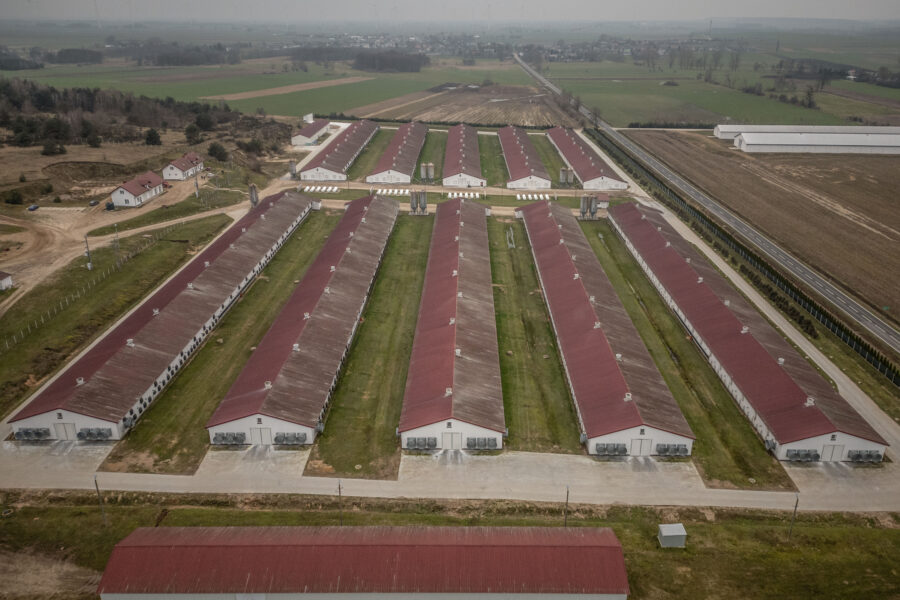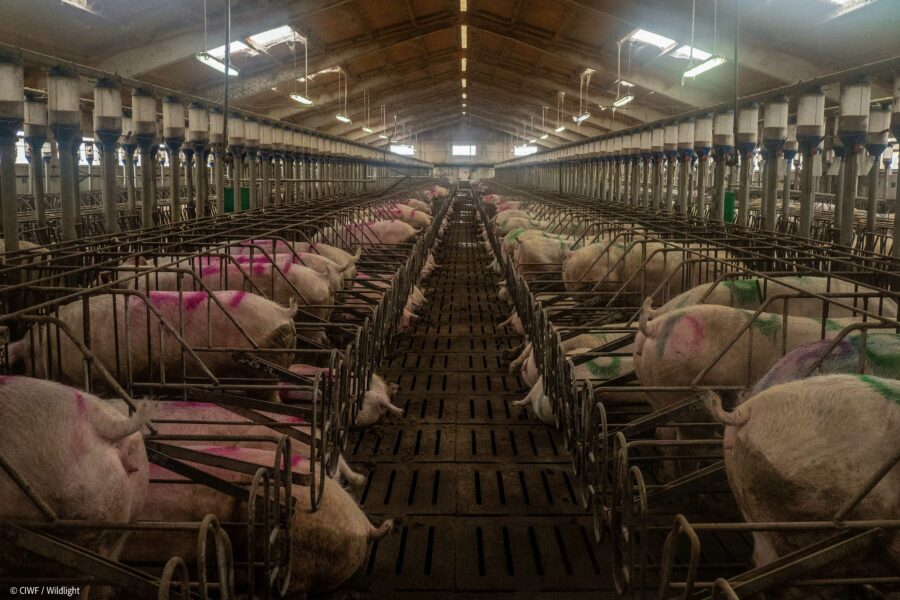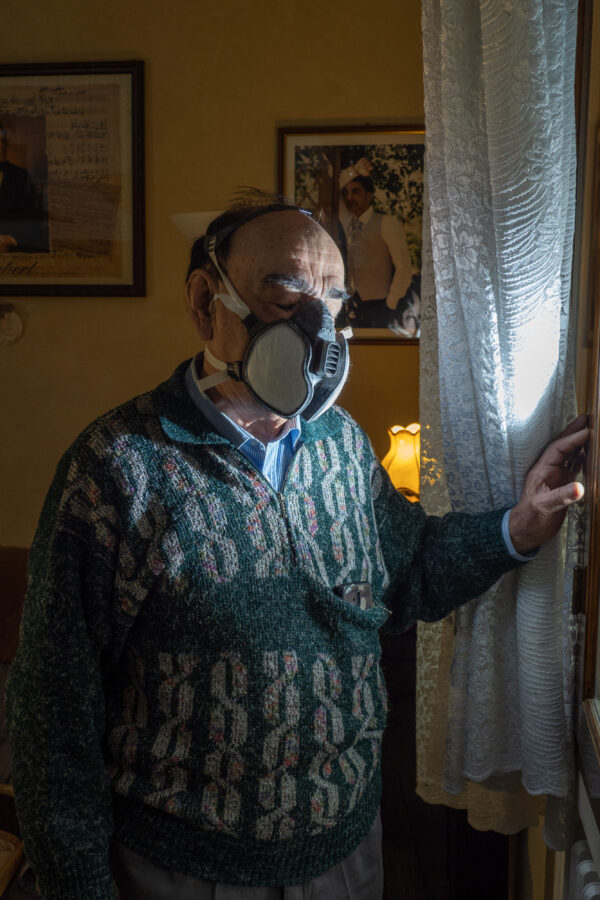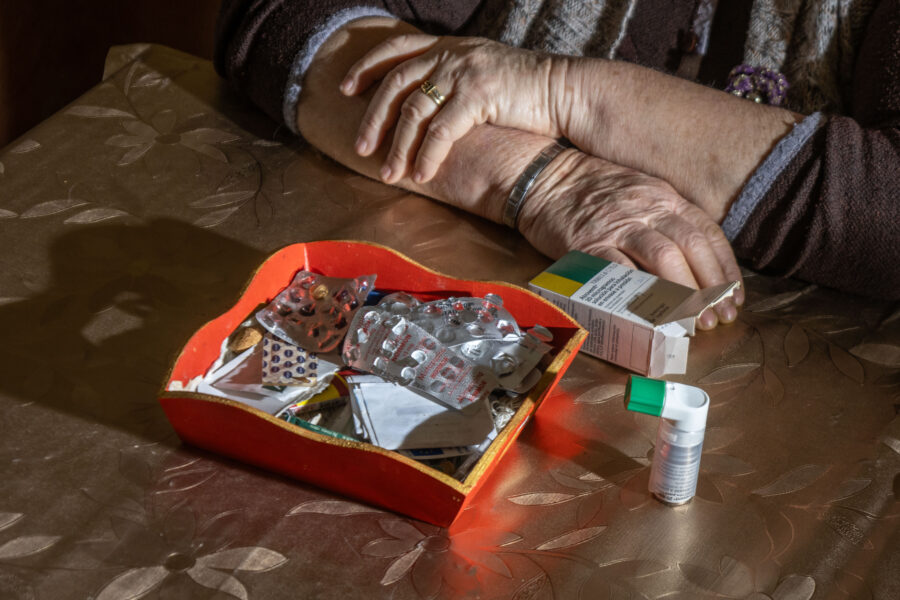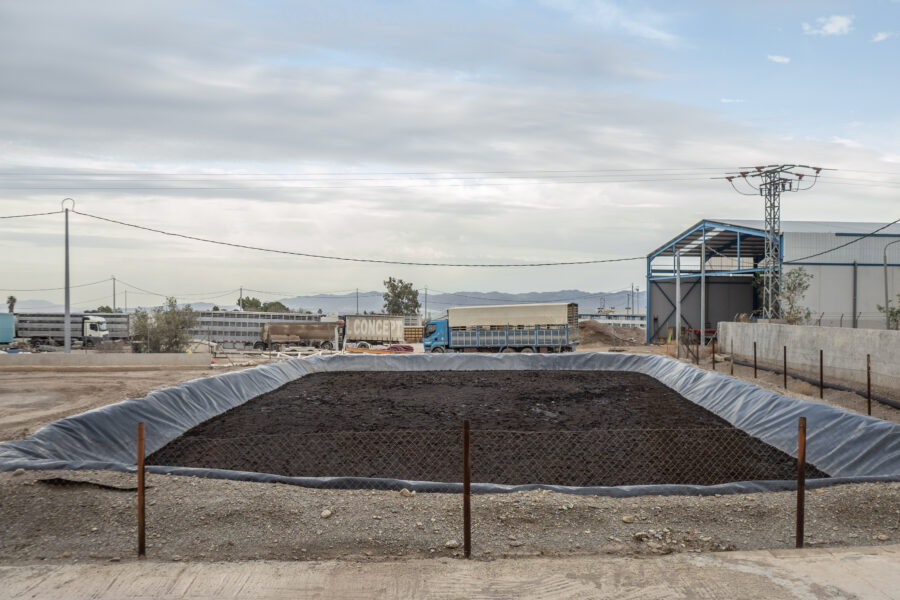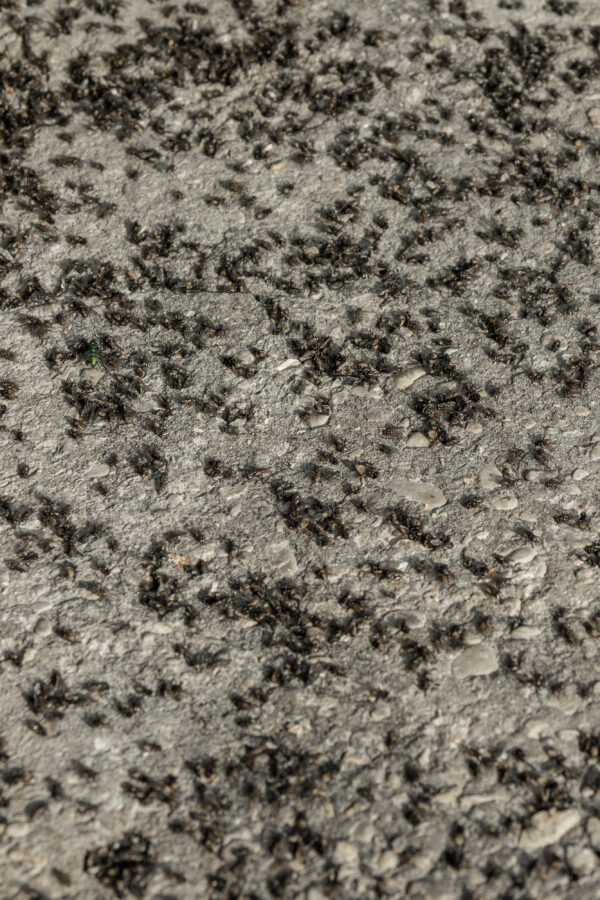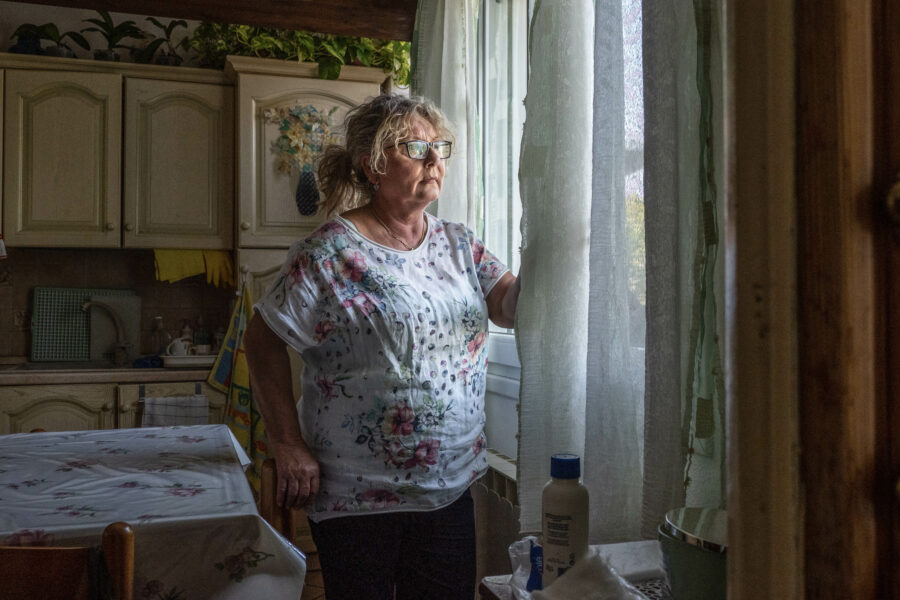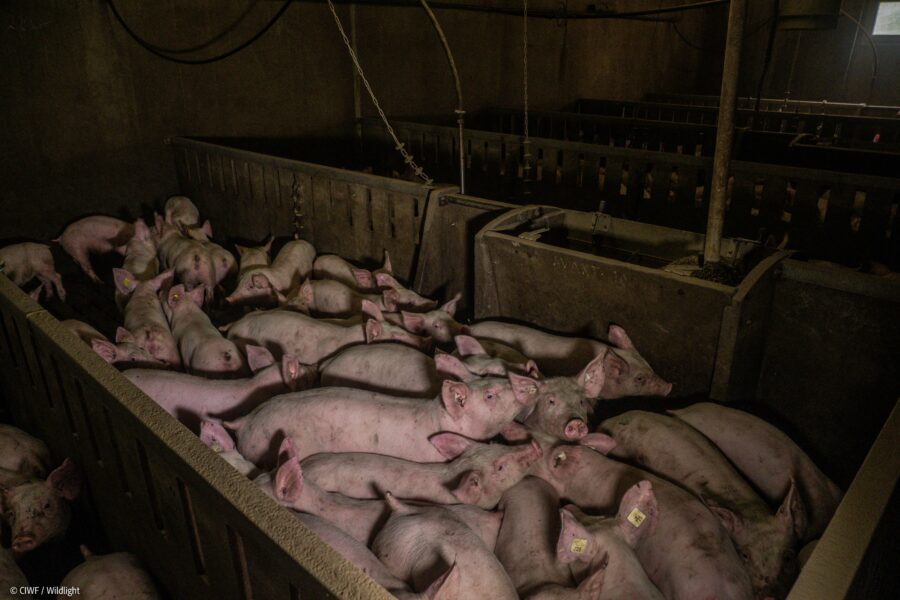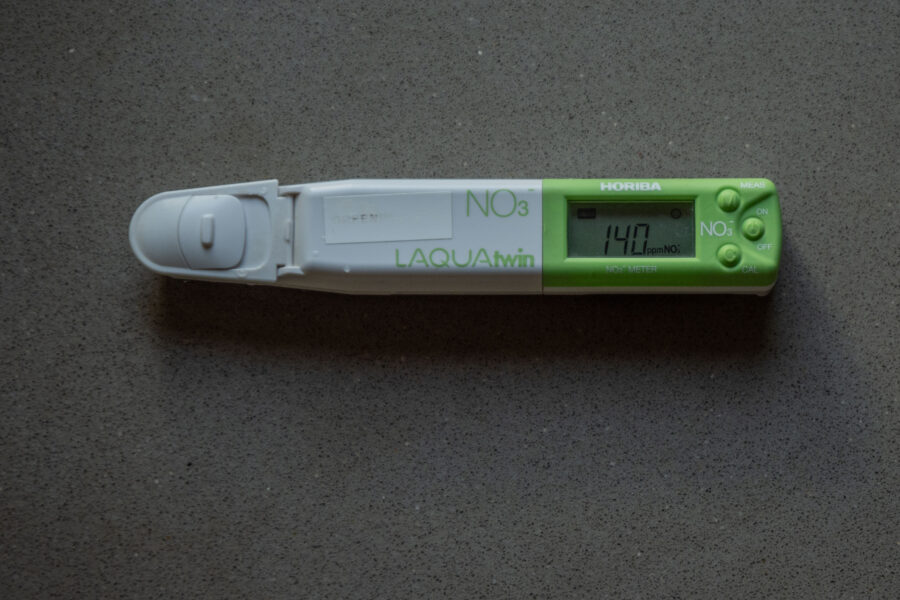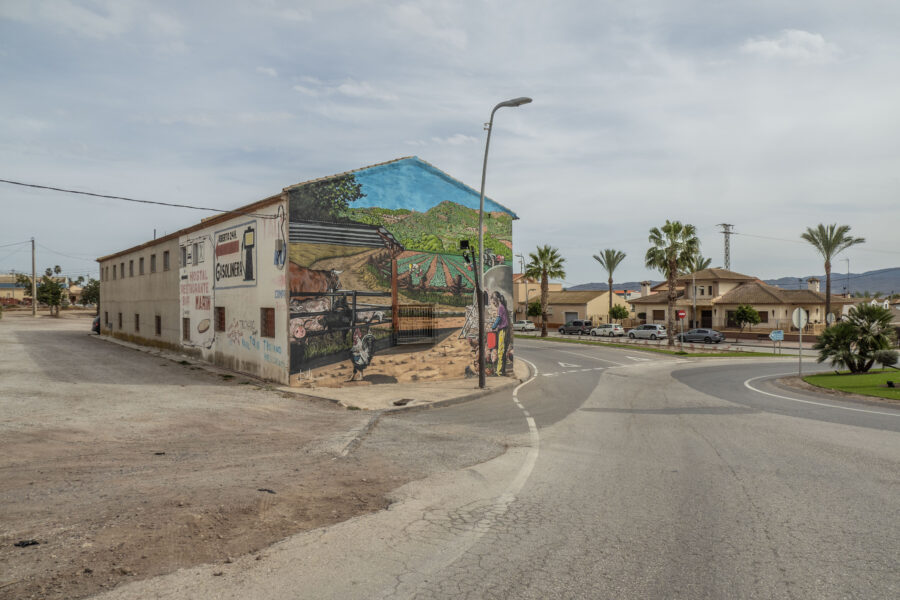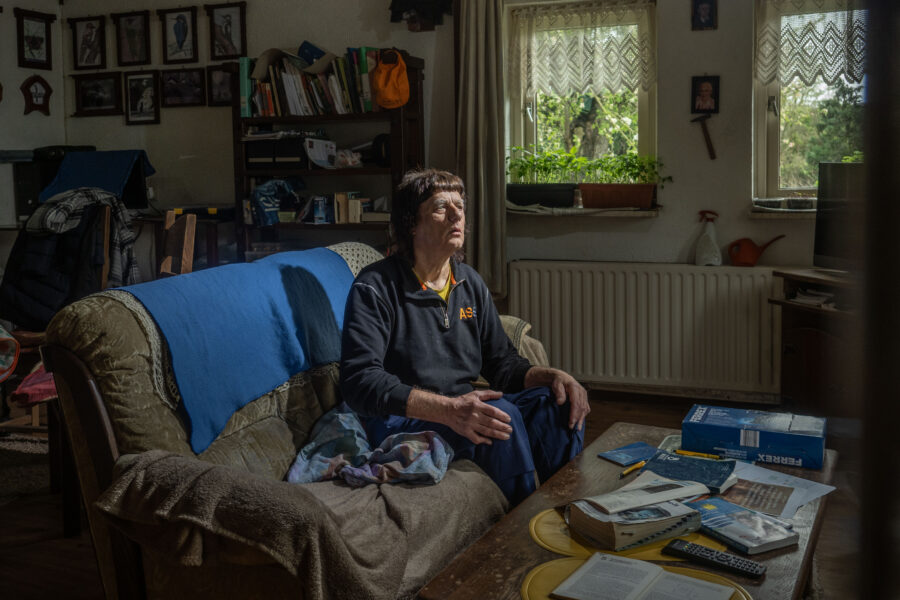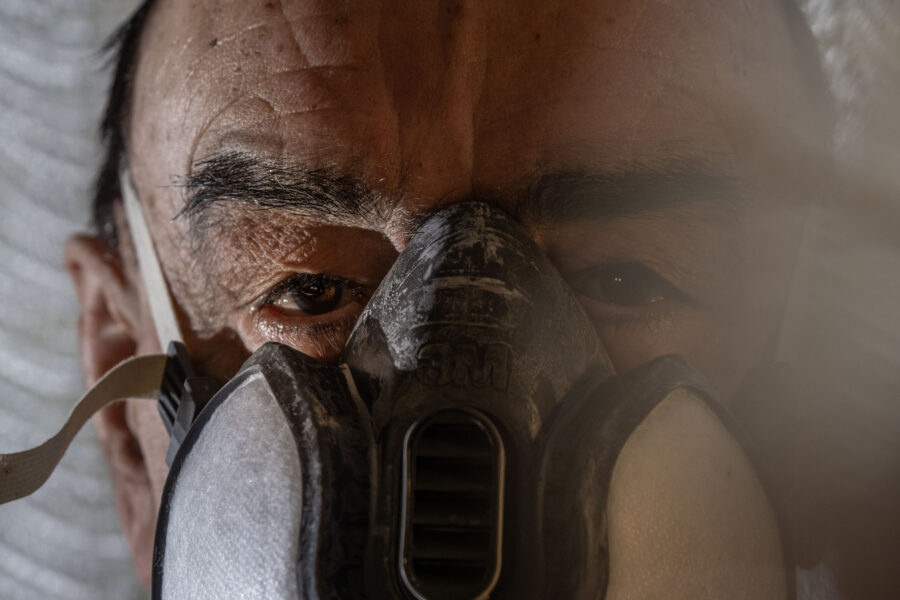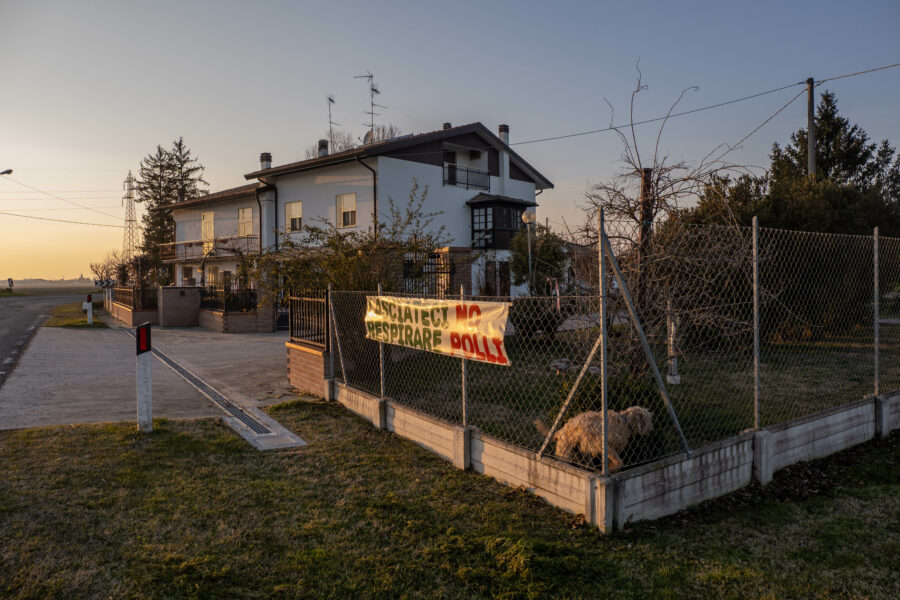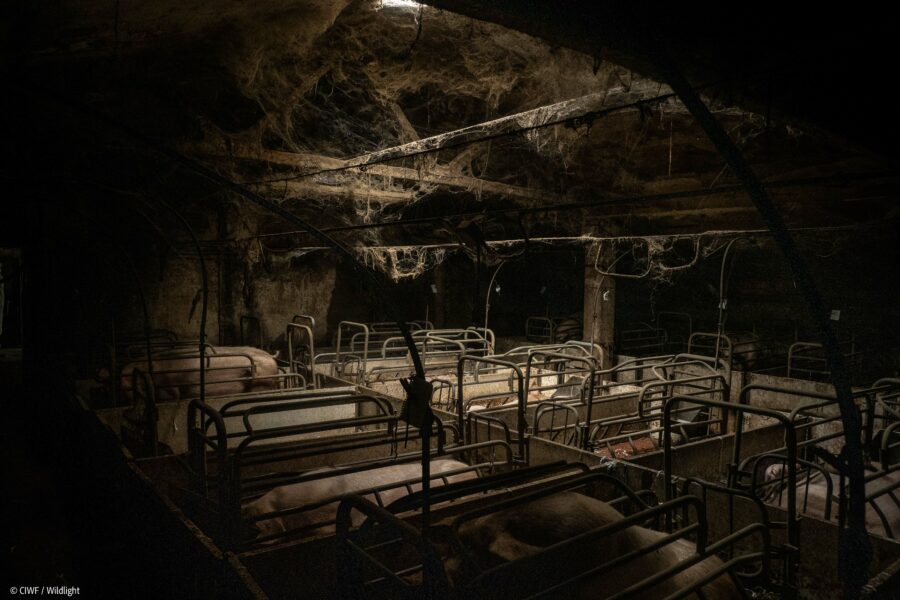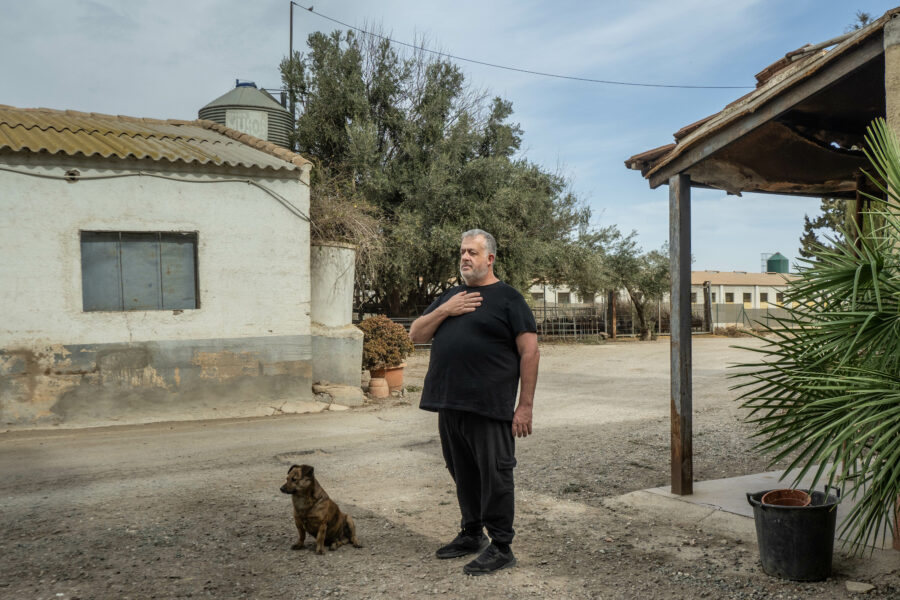Long Shadow
Life Under the Veiled Grasp of Factory Farming in Europe
In the Anthropocene, our historical time that scientists suggest may be marked by the ubiquitous presence of chicken bones everywhere, factory farms have surged past the environmental safety thresholds established by experts. 142 million pigs, 76 million bovine heads, 62 million sheep, and 12 million goats, and counting: this is the invisible yearly population of farmed animals in Europe. Its implications for the climate crisis, role in health emergencies globally, and impact on social issues, not to mention its literal presence on most people’s tables every day, make factory farming one of the most relevant topics of public interest of our time.
Factory farming is unanimously recognised as one of the top most polluting industries worldwide in 2024, generating nearly 15% of total greenhouse gas emissions. However, its impact on the immediate surroundings of farms are under-investigated. The whole animal agriculture industry sector in Europe has undergone a transformation over the last two decades, shifting towards significantly larger and more specialised farms. The sight of sterile, long stables placed in orderly rows and accessorised by big fans, silos and air washers sometimes, dominates more and more countryside landscapes across the continent.
Long shadows are cast around them. Noise, smell, air toxicity, chronic disease, water pollution: factory farms project negative externalities that hit neighbouring communities first, often transforming local ecologies and endangering health and welfare. Across Europe, proximity to factory farms spells a host of similar afflictions for local residents. They endure an often daily barrage of invasive smells and gases, which diminish life’s simple pleasures — gardening, drying clothes outdoors, or just opening a window become a burden. Visits from family and friends dwindle, put off by the persistent stench, while some residents witness their trees wither away, highlighting the severe contamination stemming from the sprawling factory farms next door, where an eerie ambiance permeates the air.
Beyond the reduced quality of life and associated stress, there are tangible links to physical responses to the externalities coming from the farms. When the air quality gets worse, which can occur a couple of times a week as well as everyday, residents frequently suffer from respiratory difficulties, headaches, nausea, and persistent coughing, and sometimes their eyes burn—ailments that strongly suggest connections to the pollution emanating from the intensive farming operations. Research propounds that hydrogen sulphide, but also ammonia, cause flu-like symptoms as first reactions in many people, when exposed.
The long-term health impacts, though less understood, are deeply concerning. Hydrogen sulphide, particulate pollution, ammonia, volatile organic compounds: besides greenhouse gases, there is a number of externalities that factory farms release in their surroundings that make people sick in the short and in the long run, causing flu-like symptoms or triggering the development and deterioration of pathologies. Released into the atmosphere, the ammonia coming from the factory farms turns into fine particulate matter PM2.5 – especially dangerous for human health because its small size allows it to penetrate deeply into the lungs and bloodstream. PM 2.5 is listed as a group1 carcinogenic substance, with estimated premature linked mortality of 253,000 people per year in Europe alone, as exposure to it is linked to heart and lung conditions. Increasing evidence points to higher cancer rates in regions dense with intensive animal farming. More recently, research linking higher incidence and severity of COVID-19 in these regions further compounds the issue.
In our time, characterised by increasingly frequent extreme novel epidemics and pandemics, factory farms have become dangerous pathogenic breeding grounds. They are small ecosystems with unmatched unnatural conditions, where (hundreds of) thousands of living bodies that survive and die on the production line are crammed together. The high density of animals, high temperatures, and hygienical conditions contribute to a perfect environment for pathogens to develop.
These farms have been linked to outbreaks of influenza strains such as the H1N1 swine flu and the H5N1 avian flu, diseases like African Swine Fever and Q-fever, which can jump from animals to humans. Additionally, they contribute to the emergence of foodborne pathogens like Salmonella and E. Coli, and the spread of livestock-associated antibiotics-resistant bacteria MRSA. Intensive farming also pollutes waterways, with excessive manure use elevating nitrate levels to dangerous levels. This pollution not only poses severe health risks—such as increased cancer risks from carcinogenic compounds formed from nitrates ending up in water for human consumption—but also leads to ecological disasters, such as the creation of underwater deserts along coastlines and the closure of groundwater wells meant for human consumption.
The shift from traditional to industrial farming has radically altered rural community dynamics across Europe, often damaging the social fabric of these areas. Conflicts over farming practices frequently escalate into deep community rifts, with intimidation and coercion being used as tools to silence opposition. This environment of stench and mutual vigilance creates a climate of fear and resistance, profoundly affecting the lives and well-being of local residents. The resultant anger and fear over these changes often lead to stress and depression, exacerbated by financial immobility. Many residents find themselves unable to relocate because their homes, now adjacent to intensively expanded farms, have plummeted in value, trapping them in an undesirable and detrimental situation.
Many local communities across Europe are struggling in response to the rising local cost of factory farming – in terms of environmental damage, social welfare and loss of life. This work reports on how local communities live with and struggle under the Long Shadow of intensive animal farms and their consequences across Italy, Denmark, Poland, France, Spain and the Netherlands.
This project is currently in the making as part of the WeAnimals Media Fellowship and with the support of the Environmental European Journalism Fund Grant. Thanks to Wildlight and Greenpeace for collaborating on part of the work. If you are affected by factory farms near you, or know someone who is, please feel free to get in touch with me.
